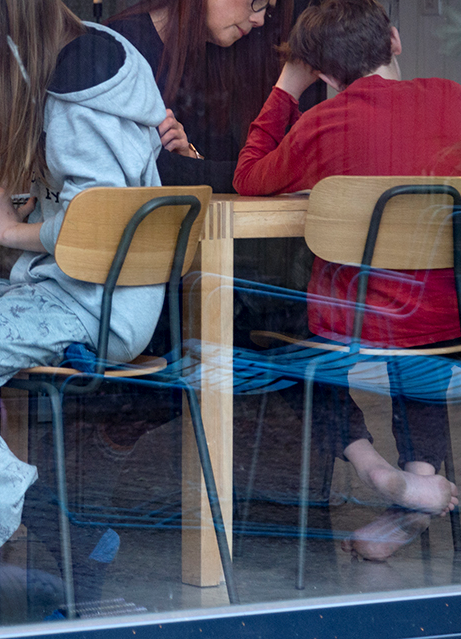In addition to the elderly and the young, the effects of the crisis have fallen disproportionately on women, ethnic minorities and those already vulnerable or in poverty.
Many in these groups face a greater risk of infection: less educated and ethnic minority workers are more likely to be in jobs where working from home is more difficult or risk of exposure is higher. Indeed, 19% of key workers in health and social care are ethnic minorities. In the pandemic’s first wave, people from Bangladeshi backgrounds were around twice as likely to die from Covid-19 as their white British counterparts; and other minority groups had a 10-50% higher risk of death.
Prior health conditions matter.
There is a higher prevalence of heart disease, liver disease and diabetes among low-income groups, some minority ethnic groups and in more deprived parts of the country. Indeed, most of the increased risk of infection and death among ethnic minorities has been attributed to pre-existing health conditions, occupation and where and how people live —for example, living in overcrowded housing conditions, where it is much harder to stick to social distancing rules.
The pandemic has also highlighted gender differences in employment and working patterns. Previous recessions have had larger negative impacts on men’s employment, but emerging evidence on the Covid-19 downturn indicates that women have suffered more. In part, this is because lockdown and social distancing measures have had a greater impact on sectors with a higher share of women’s employment—women accounted for 60% of job losses in hospitality and retail in 2020.
School closures have increased childcare needs and mothers have taken on more of this burden. Mothers, and lone parents especially, have been far more likely to reduce their working hours, take unpaid leave or withdraw from paid work entirely during the pandemic. While some of these changes may have been short term—for example, while schools were closed —they could still have lasting negative effects on women’s future job prospects and earnings.
This article appears in full here in the Economic Observatory magazine published May 2021.
